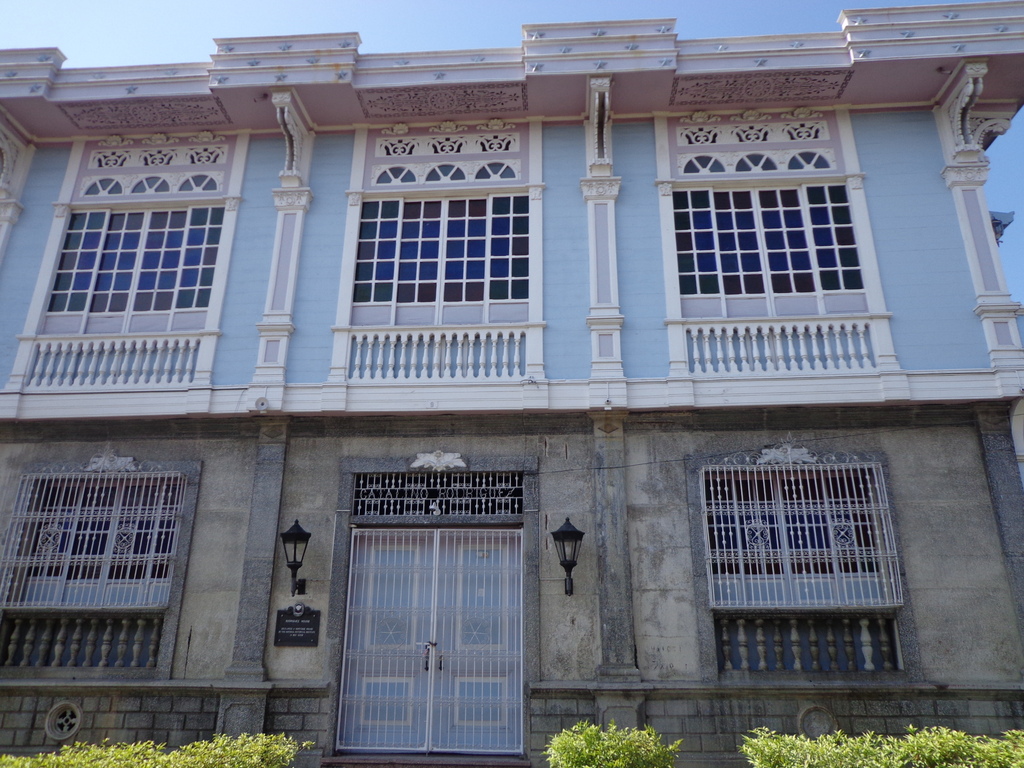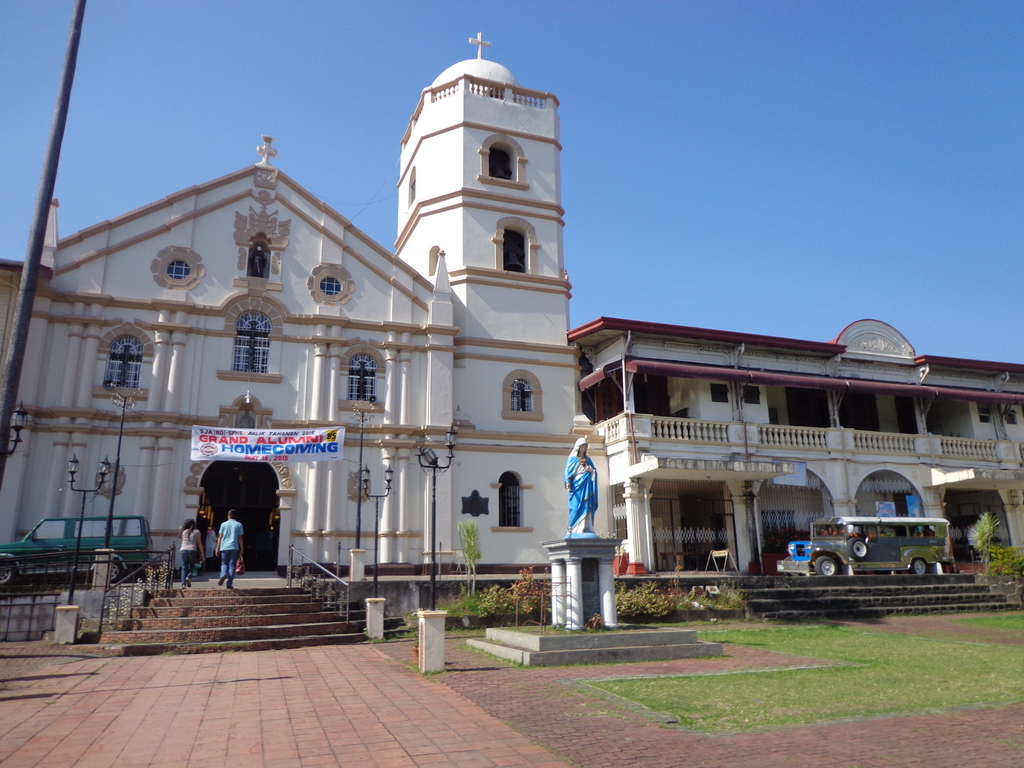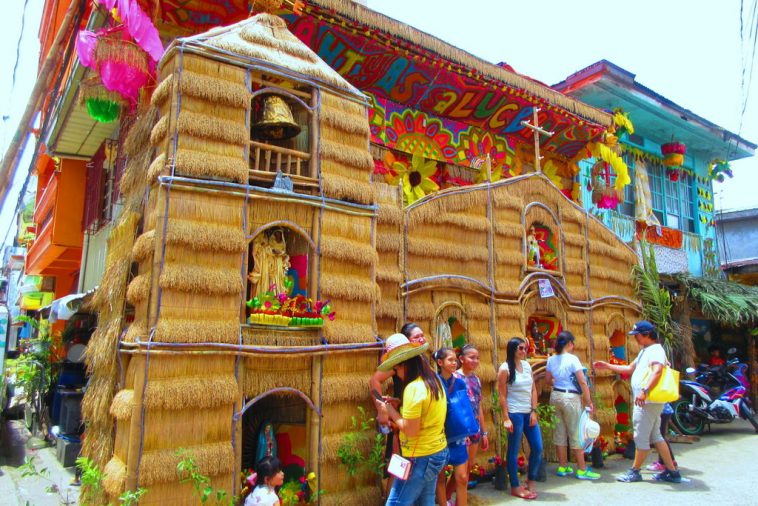Quezon is a province in the Calabarzon region located south of Metro Manila. It is a popular destination for travelers who are looking for a beach getaway they can easily reach or drive to.. The province isn’t just home to beautiful beaches, but also cultural heritage sites.
If you’re planning a trip to the province, here are some of the things to do and experience.
Pahiyas Festival

Pahiyas is one of the most colorful festivals in the country. It is characterized by colorful displays and decorations that the entire neighborhood of Lucban participates in. You’ll see elaborate facades that depict the bounties of a good harvest. The townsfolk celebrate this festival every 15th of May.
The festivities date all the way back to the 15th century when farmers used to offer some of their harvest at Mt. Banahaw’s base. They also bring their produce to the church in honor of St. Isidore the Laborer, the patron saint of Lucban. The festival has grown in popularity and creativity over the years. There are now contests, exhibits, shows and parades that showcase the province cultural heritage.
Lucban Church

The San Luis Obispo de Tolosa Parish Church or simply known as the Lucban Church dates back to the 16th century. The first structure was a wooden church while the succeeding churches were made of stone and other sturdy materials. The church’s design follows a baroque aesthetic characterized by columns and niches, where you’ll see statues of saints. The church is the starting point of the famous Pahiyas Festival that takes place in May.
Tayabas Church

This Catholic basilica is the biggest in the province. It has a distinct key-like appearance also makes it stand out. The 103-meter long aisle is also the longest nave among churches that date back to Spanish colonial times.
The church was founded in the 1580s. The first structure used bamboo, anahaw, and nipa as materials. The growing number of Catholics in the community over the centuries led to the expansion and reconstruction of the church using sturdier materials.
Sariaya Heritage Houses

If you want to see how the elite lived in Quezon a century ago, see Sariaya’s heritage houses. The coco barons that lived in Sariaya in the 1900s benefited from the profits generated by copra oil. Their families showcased their wealth through the construction of elaborate homes, such as the Natalio Marquez mansion which has a distinct castle-like exterior with twin spires. There are other unique heritage houses found in the neighborhood.
Sariaya Church

The church dates back to 1599. The second structure was constructed in 1605 and was replaced by the 1640s. The present structure you see in Sariaya was constructed in 1748. It is home to Sto. Cristo de Burgos of Spain’s 18th-century relic.
Villa Escudero

This plantation and resort makes a great day trip or overnight stay. The complex is home to the unique waterfall restaurant where you can eat delicious Filipino food. You can also swim in the pool or just hang out. Ride a river raft to enjoy nature and admire the views. There are comfortable rooms for those who want to spend a night or two.
How to go: Board a bus bound for Lucena City. Once there, you can charter a tricycle to take you to Villa Escudero.
Kamay ni Hesus Shrine
This spot is a well-known pilgrimage destination for devotees. The shrine covers around 5 hectares and is believed to have healing powers. You’ll see biblical characters as you explore the complex and make your way to the chapel. One of the reasons people visit is to climb the 290+ steps to see the 50-foot Ascending Christ statue.
How to go to Quezon
Most of the places on this list are in Lucban or on the way to or from it. Quezon Province is easily accessible from Metro Manila. There are many JAM Liner buses departing from Cubao and Manila for P269 one way and from LRT Buendia for P259. From the Diversion road in Lucena City, you can catch a jeep bound for Lucban for around P30.




